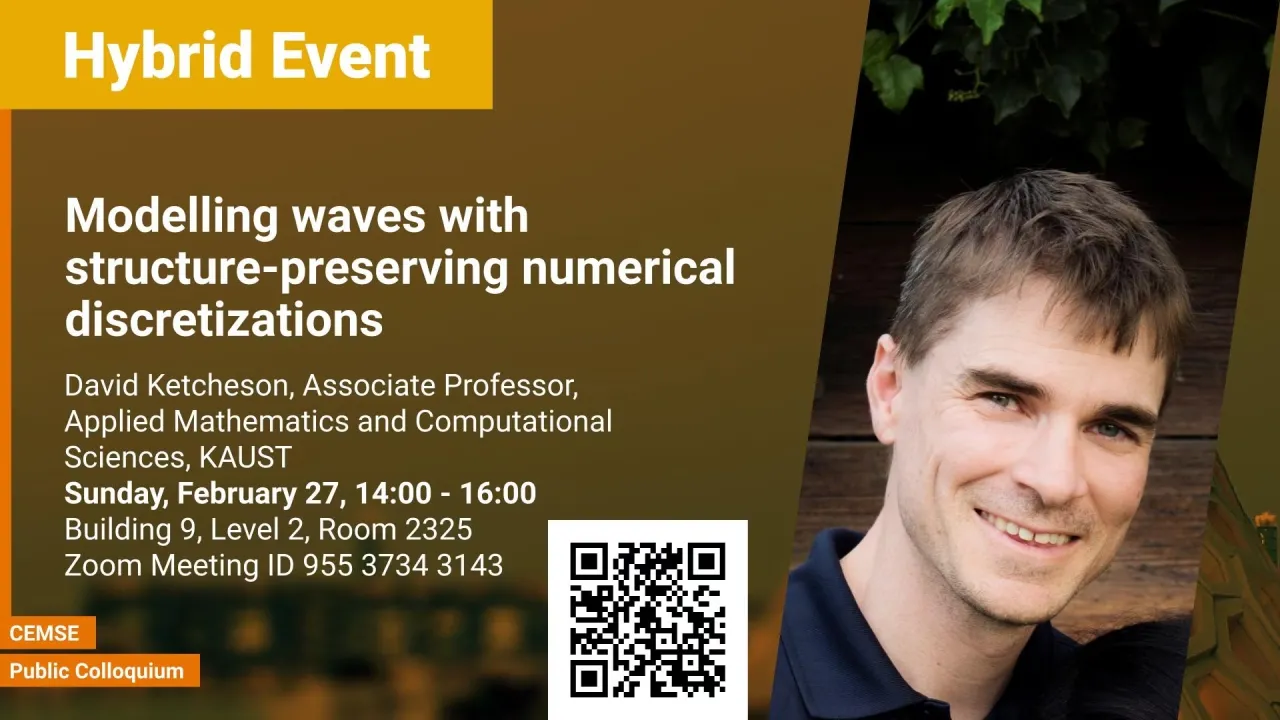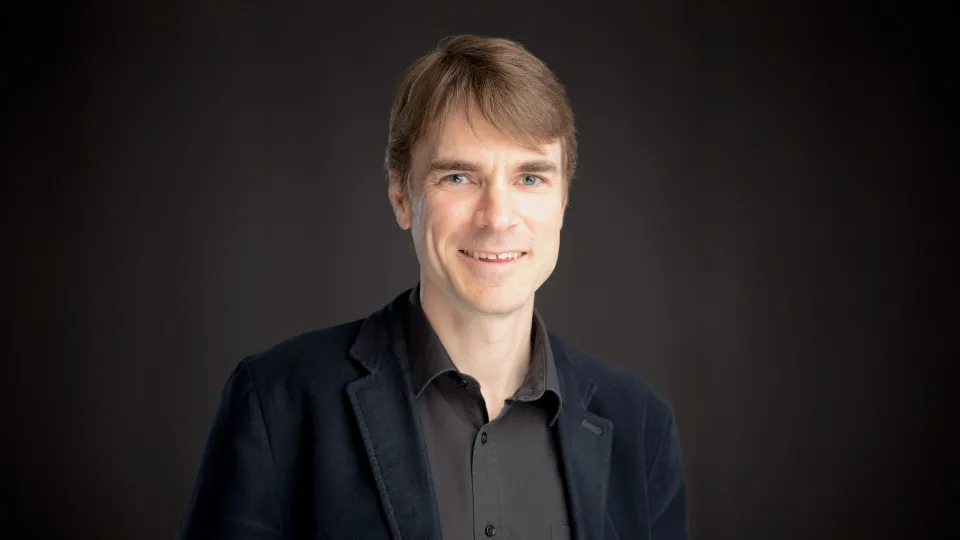
Modelling waves with structure-preserving numerical discretizations
Models of physical phenomena include important qualitative properties, and any useful approximate solution of the model must respect these properties. Such properties include conservation or dissipation of energy, as well as positivity of quantities like mass, probability, or concentration. Preservation of these properties in computationally affordable numerical solutions of complex physical models remains a major challenge today. I will describe some recent advances in numerical methods for general dynamical systems that enable preservation of system dynamics and of bounds on the state, in the context of high-order accurate and efficient discretizations. The power of these methods will be demonstrated through applications in the area of surface water waves.
Overview
Abstract
Models of physical phenomena include important qualitative properties, and any useful approximate solution of the model must respect these properties. Such properties include conservation or dissipation of energy, as well as positivity of quantities like mass, probability, or concentration. Preservation of these properties in computationally affordable numerical solutions of complex physical models remains a major challenge today. I will describe some recent advances in numerical methods for general dynamical systems that enable preservation of system dynamics and of bounds on the state, in the context of high-order accurate and efficient discretizations. The power of these methods will be demonstrated through applications in the area of surface water waves.
Brief Biography
David Ketcheson is an associate professor of applied mathematics at King Abdullah University of Science and Technology (KAUST), where he leads the Numerical Mathematics Group. He received his Ph.D. in applied mathematics from the University of Washington in 2009. His research involves analysis and development of numerical methods for integration of ordinary and partial differential equations, as well as the implementation of such methods in open-source, accessible, high-performance software and its application to understanding the behavior of nonlinear waves in heterogeneous materials.
